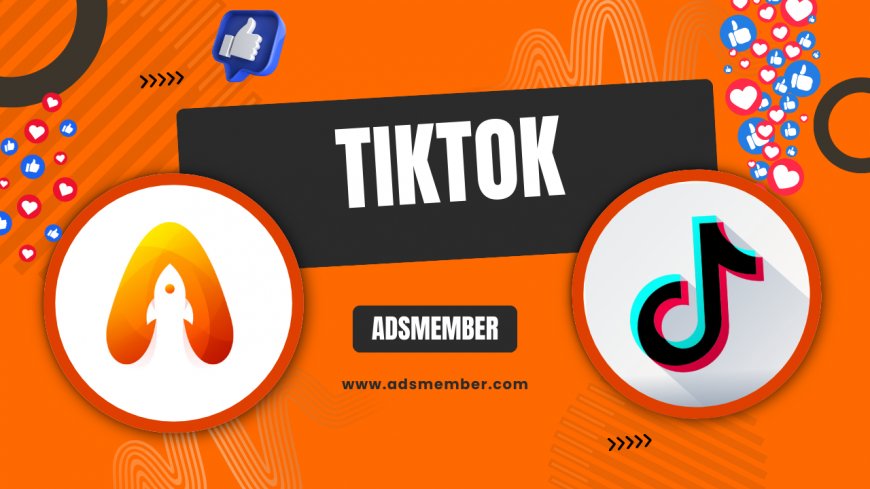Why Is TikTok Banned? Unpacking the Global Controversy
Explore why TikTok is banned in various countries. Uncover the privacy, security, and political concerns driving these global restrictions on the popular app.

Let’s dive into a question that’s been buzzing around social media circles: why is TikTok banned in so many places? Honestly, I’ve been fascinated by this app’s meteoric rise and equally dramatic fall in certain regions. With over 1 billion active users worldwide, as reported by Statista (source), TikTok is a cultural juggernaut. Yet, it’s also a lightning rod for controversy. From privacy scandals to political pressure, let’s unpack the reasons behind these bans and what they mean for users like us.
The Privacy and Data Security Dilemma
TikTok’s biggest Achilles’ heel, in my opinion, is its handling of user data. Owned by ByteDance, a Chinese company, the app has faced intense scrutiny over how it collects, stores, and potentially shares personal information. Governments, especially in the West, fear that data could be accessed by the Chinese government under national security laws. This isn’t just speculation—reports have shown TikTok collecting vast amounts of data, from location to browsing habits.
The U.S., for instance, has repeatedly flagged these concerns. In 2020, former President Trump attempted to ban the app citing national security risks. While that didn’t fully materialize, the fear persists. Honestly, as a user, it makes me pause—am I okay with an app knowing so much about me? If you’re curious about protecting yourself, check out our guide on Social Media Privacy Tips.
How Data Practices Sparked Global Backlash
Let’s get technical for a second. TikTok’s data collection includes biometric info, like facial recognition data, which raised eyebrows under GDPR in Europe. A 2021 report by the Citizen Lab found that TikTok’s data practices were less transparent compared to other platforms. This lack of clarity has led countries like India to outright ban the app in 2020, citing risks to sovereignty and security. Over 200 million Indian users were cut off overnight—talk about a drastic move!
I remember chatting with a friend in India who was devastated by the ban. TikTok wasn’t just entertainment for him; it was a source of income through content creation. This personal impact is often overlooked in the broader debate. It’s a stark reminder that bans aren’t just policy—they affect real lives.
Political Tensions and National Security Fears
Beyond data, geopolitics plays a massive role in why TikTok is banned. The app has become a pawn in the U.S.-China tech war. Many Western governments view ByteDance’s ties to Beijing as a potential threat, fearing espionage or propaganda. In 2023, the U.S. House passed a bill that could force ByteDance to sell TikTok or face a ban—talk about high stakes!
This isn’t just a U.S. issue. Countries like Australia and Canada have restricted TikTok on government devices, citing risks of sensitive data leaks. In my opinion, it’s a slippery slope. Where do we draw the line between precaution and paranoia? I’d love to hear your thoughts on this—drop a comment if you’ve got a hot take.
Censorship and Content Control Concerns
Another layer to this is content moderation. Critics argue TikTok censors content to align with Chinese government interests. A 2019 report by The Guardian revealed internal guidelines that suppressed political content. This fueled distrust, especially in democratic nations where free speech is paramount.
For me, this hits close to home. I’ve seen creators on TikTok self-censor to avoid shadowbans, which feels dystopian. If a platform can’t guarantee free expression, should it even exist in certain markets? It’s a tough question with no easy answer, but it’s a key reason behind many bans.
What Do TikTok Bans Mean for Users?
So, why should you care about why TikTok is banned? If you’re a user, creator, or marketer, these restrictions could disrupt your digital life. In countries like India, the ban pushed users to alternatives like Instagram Reels (Instagram Growth Hacks). But not everyone adapts easily. Small businesses and influencers often lose their primary audience overnight.
I’ve worked with creators who had to pivot entirely after bans. One case study I recall is a dancer from Pakistan, where TikTok faced temporary bans. She rebuilt on YouTube, but it took months to regain her following. My advice? Diversify your platforms now—don’t put all your eggs in one basket.
Unique Tip: Preparing for Potential Bans
Here’s a tip you won’t find everywhere: start archiving your TikTok content weekly. Use tools like TikTok’s built-in download feature to save videos offline. If a ban hits, you’ll have your portfolio ready to repost elsewhere. Also, build an email list of your fans—direct communication is ban-proof.
I learned this the hard way after a client lost access to their account during a regional outage. It’s a small step, but it can save you massive headaches. Trust me, preparedness is everything in this unpredictable digital landscape.
Want to future-proof your online presence? Repurpose TikTok content for YouTube Shorts and Instagram Reels from day one. Use scheduling tools like Buffer to automate posting across platforms. This way, if TikTok gets banned in your region, your audience isn’t lost—they’re just a click away on another app.
Bonus Tip: Cross-Platform Content Strategy
FAQ: Why Is TikTok Banned in India?
India banned TikTok in June 2020 after a border clash with China escalated tensions. The government cited national security and data privacy risks, claiming the app threatened sovereignty. Over 59 Chinese apps were banned alongside TikTok, impacting millions of users and creators in one of the app’s largest markets.
FAQ: Is TikTok Banned in the United States?
As of 2023, TikTok isn’t fully banned in the U.S., but it’s under heavy scrutiny. Several states and federal agencies have restricted its use on government devices. A potential nationwide ban or forced sale looms, depending on legislative outcomes. Stay tuned for updates!
FAQ: How Can I Protect My Data on TikTok?
To safeguard your data, adjust TikTok’s privacy settings—disable location tracking and limit data sharing. Use a strong, unique password and enable two-factor authentication. Avoid linking sensitive accounts like banking apps. For more, explore resources on EFF’s Privacy Guide.
What's Your Reaction?
 Like
0
Like
0
 Dislike
0
Dislike
0
 Love
0
Love
0
 Funny
0
Funny
0
 Angry
0
Angry
0
 Sad
0
Sad
0
 Wow
0
Wow
0



















































